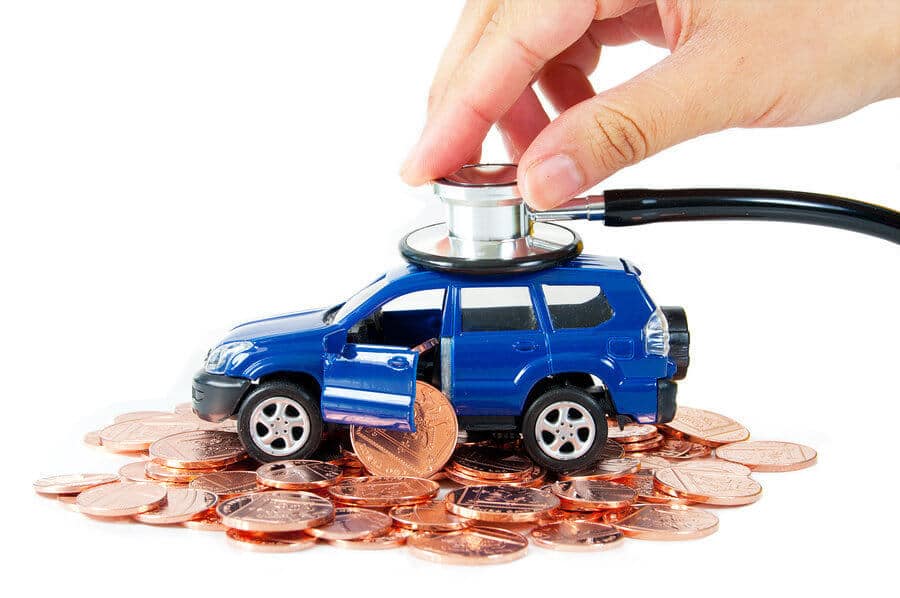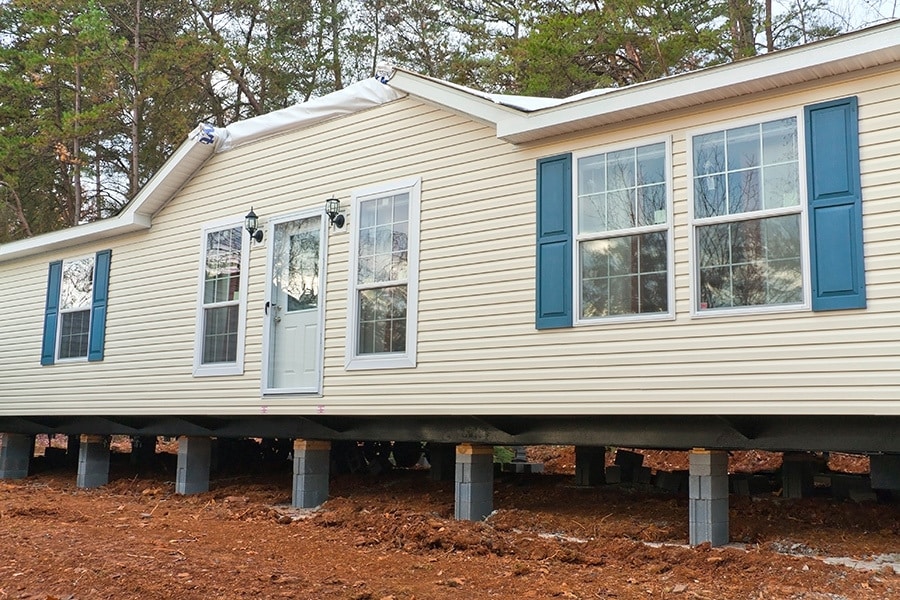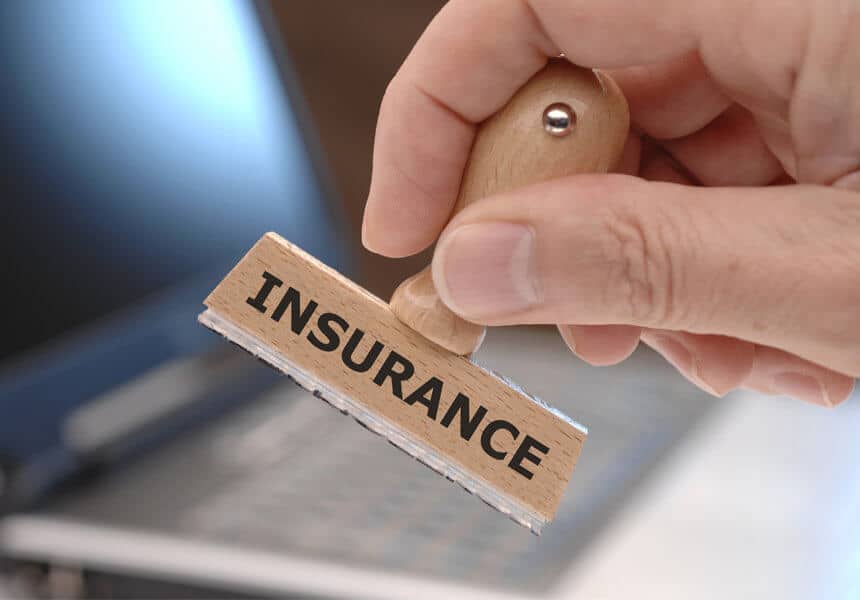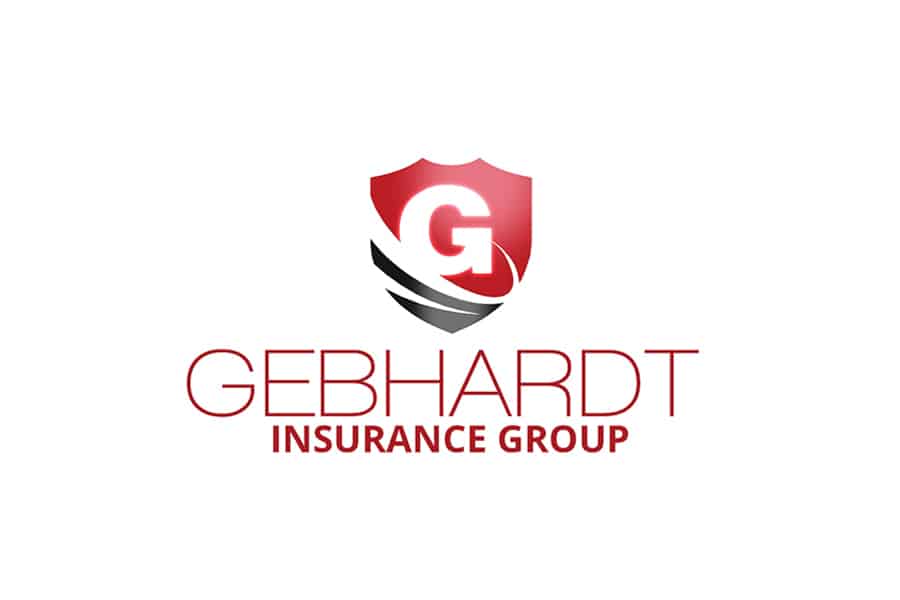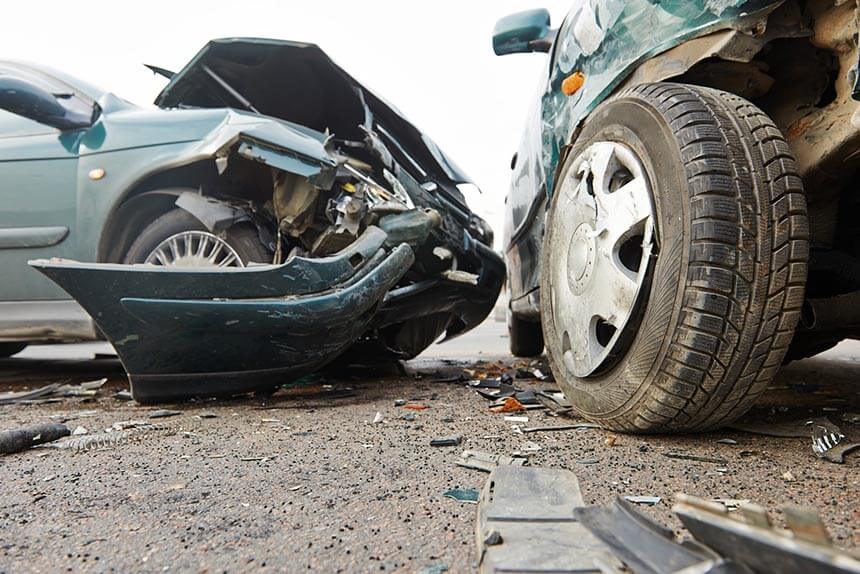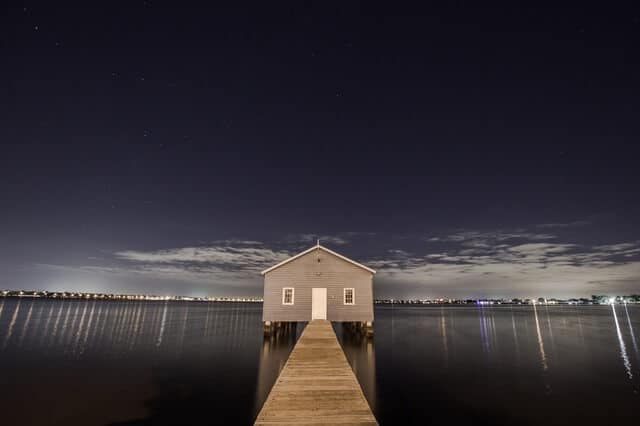Blog
How to Protect Your Home Against Break Ins
It goes without saying that your home serves as possibly the single most valuable asset in your life – it […]
Recent
What You Should Know About Full Coverage Car Insurance in Casa Grande
Navigating the ins and outs of car insurance can be quite...
September 23, 2024New to Casa Grande? Here's How to Transfer Your Car Insurance
Welcome to Casa Grande! Moving to a new city in Arizona i...
September 13, 2024Uncategorized
 Auto Insurance, Business Insurance, Home Insurance, Insurance, Life Insurance, Mobile Home Insurance,
Auto Insurance, Business Insurance, Home Insurance, Insurance, Life Insurance, Mobile Home Insurance, Can You Save Money by Bundling All Insurance in the Same Company?
August 22, 2016Recent
What You Should Know About Full Coverage Car Insurance in Casa Grande
Navigating the ins and outs of car insurance can be quite...
September 23, 2024New to Casa Grande? Here's How to Transfer Your Car Insurance
Welcome to Casa Grande! Moving to a new city in Arizona i...
September 13, 2024Stay in touch with us
And get a free quote!


